Fear and Trembling

Many students will be at least passingly familiar with the Biblical story at the heart of Fear and Trembling, and for those who aren’t, the passage in Genesis is short enough easily to be presented or even read aloud in the classroom. Part of the impact of Kierkegaard’s work comes from the fact that although the story is not new, most readers avoid allowing themselves fully to consider the horror of what God has demanded and to contemplate the questions raised – specifically questions about faith. What does it mean to have faith in a God that would make such a terrible and incomprehensible demand? The text prods students to dwell with this question in many different forms, through the story of Abraham and a variety of other interesting characters such as “The Knight of Infinite Resignation” and “The Knight of Faith.” What IS faith? Is it admirable, or even possible? What is the relationship between faith and reason? Between faith and ethics? Between faith and love? If I am to be a person of faith, what should be my relationship to the finite – to other people, and to this world? These are questions with which many students are likely to have wrestled at some point in their lives.
Parable of The Sower
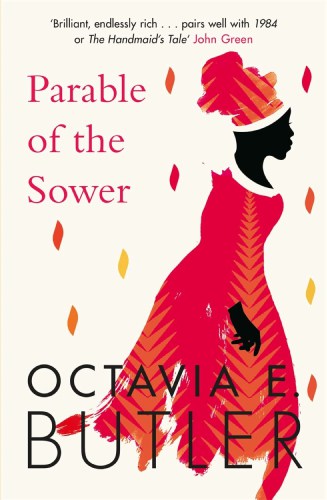
Butler helps readers consider what good things we may lose if we do not fight for the future, or are too blinded by our comforts today to notice the precarious social and political context which makes their enjoyment possible. The text also helps raise questions about the origin of prophecy, imploring the reader to imagine Lauren and Moses as involved in a shared struggle to articulate a message of freedom from bondage and suffering to a people made nearly deaf to it by despair. It is fruitful to consider the allegorical significance of the “Pyros” who, possessed by a drug, put on costumes of diversity before entering into an ecstatic orgy of murder and immolation, which they understand as justice. Readers may consider what ideological narcotics may encourage similar behaviors today.
Hayy Ibn Yaqzan
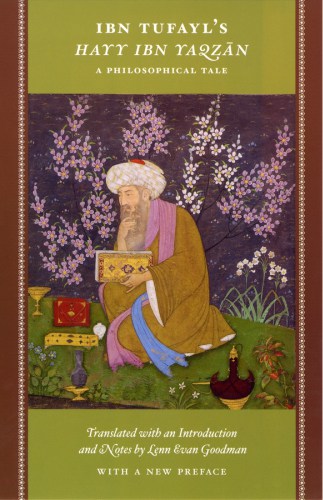
Ḥayy ibn Yaqẓān, literally “Alive, Son of Awake”, raises many fundamental questions: What is life and how does animal life differ from that of plants and inanimate objects and why? Where did everything come from, and how did that happen? Why am I asking these questions and how/do the conclusions I draw here affect my life and the decisions I make? Asking these questions along with Hayy, students may begin to wrestle with some of the deepest and most persistent questions human beings have asked. Following Tufayl’s narrative provides an opportunity for students to become awake and alive to these questions.
The Poetry of John Donne
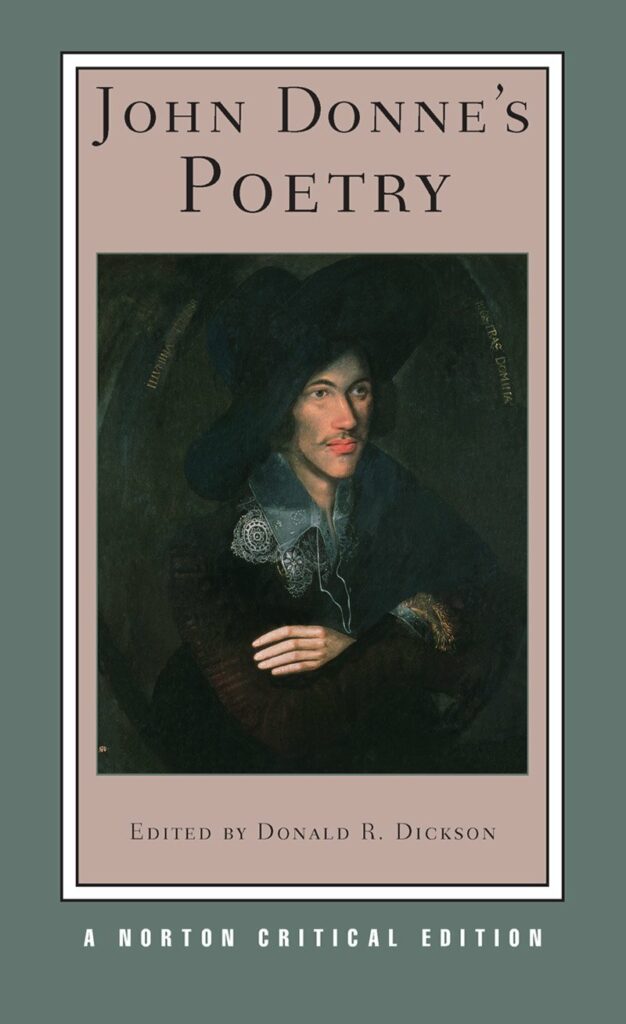
Community college students find Donne’s poetry both arcane and modern, both puzzling and satisfying. Complex human scenarios are described with language that is at turns colloquial or learned. Ideas are often constructed in extended metaphors called “conceits.” When these extended metaphors use obscurely technical imagery or make surprising, unexpected comparisons, they are called “metaphysical conceits.” Donne’s poetry invites students to inhabit the speaker’s mind, to follow his thoughts through the complexities of language and emotion in his investigations of love, society, and religion. The sample poems included are among Donne’s most accessible and exciting. As a result, they easily lend themselves to class discussion and written response.
Jatak Tales
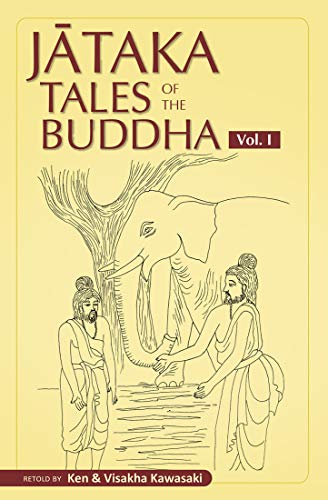
Jataka tales are about life’s challenges, temptations, and uncertainties. They are held in esteemed position in all Buddhist traditions and have been immortalized in art, music, and drama. The Jatakas are the most comprehensible among all Buddhist literature and are perfect text to introduce first year college students to Buddhism and Buddhist literature. Students can easily relate to the moral and philosophical questions addressed in the text, including who is deceitful? Who is a good politician? What should be the ethics of running a business?
The Decameron
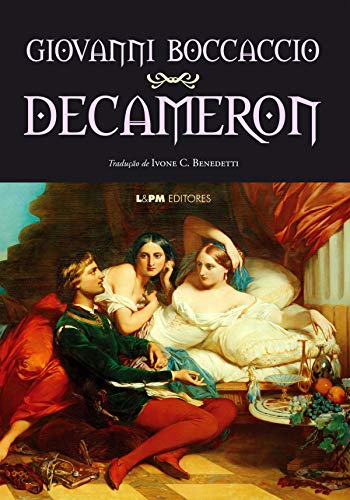
The Decameron is about living through a pandemic. The text makes direct appeal to contemporary sensibilities and experiences, and students can immediately form a connection with the text due to its relatable narrative about a pandemic, including failure of a state in controlling the disease and spreading of nonhuman viruses in a highly globalized world. The Decameron is an example of excellent literary prose, the stories themselves don’t focus on the suffering from the plague, but engage the reader through extremely witty, and some gloomy tales about human endurance and experiences about love, justice, happiness and sexual intercourse and religious dogma.
Mahabharata / Bhagavad Gita
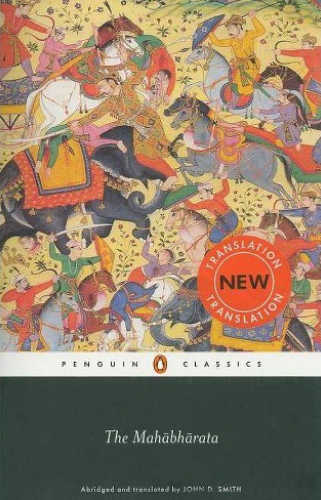
Mahabharata is the ultimate tale ever told; it is the longest poem in the world with almost 80,000 verses. It’s ingenious and engaging stories have captured the fancy of people for centuries and its stories and characters have found afterlives in contemporary drama, cinema, and popular culture including music and video games. What is most beautiful about the text is that there is no single Mahabharata, but many. While the Sanskrit version of the text is believed to have been composed by the mythical sage Vyasa, several versions or recensions of the texts appear in many different South Asian languages and traditions. This not only reflects on the diverse communal tradition of the subcontinent, but also about the power of the stories narrated. Students can find meaning in the stories because of their relatable themes of human aspirations, greed, lust, and resentment.
Journey to The West
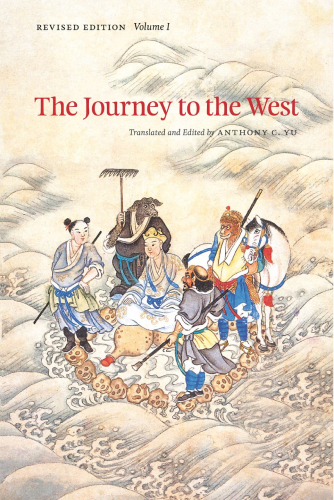
The Journey to the West not only provides insights into Daoism, Buddhism, and Taoism and how these teachings interact with each other and co-exist harmoniously. However, at the same time, The Journey to the West raises important questions on human nature and morality that still have relevance to today’s society. For example, the journey that Xuanzang, Sun Wukong, Zhu Baije, and Sha Wujing take serves to symbolize one’s detachment from material items as they corrupt the human condition and prevents true enlightenment. Moreover, The Journey to the West highlights the long-standing relationships that exists between individuals and a Supreme Being of Supreme Beings, which has continued relevance today.
The History of the Peloponnesian War
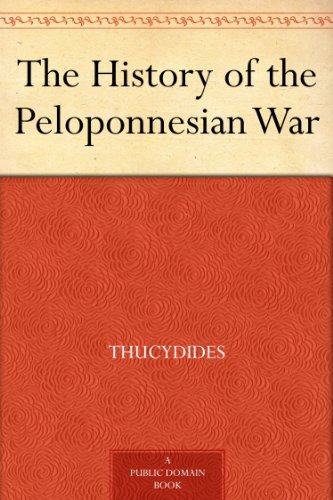
Thucydides’s The History of the Peloponnesian War represented a change in how historical narratives were written. While previous historical works by people like Herodotus tended to at times depart from the facts or used literary novelties, Thucydides communicated his intention to write an accurate account. He outlines how he acquired the information he used in writing his history. As such, present-day historians have praised the methodology Thucydides used in writing The History of the Peloponnesian War. The idea that one must have and use evidence in reconstructing the past, though, to be sure, Thucydides had his own interpretations and opinions.
The Color Purple
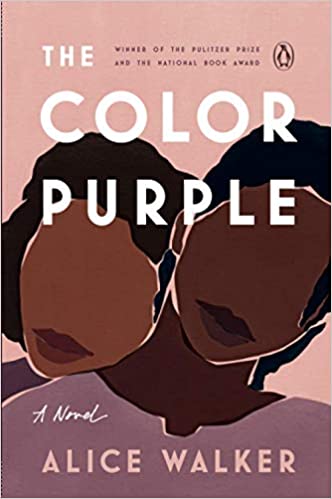
Alice Walker’s The Color Purple is not simply a novel that focuses on feminism. It is also a work that examines how people can break free of cultural shame as well as the pity that others feel to gain agency and empowerment. The Color Purple offers a moving narrative that focuses on growing up and self-realization. At the same time, the novel covers issues of gender equality through a story that illustrates women rejecting values and mores that society deems moral and respectable. For example, The Color Purple offers a new look at religion. Christianity played a major role in developing Black communities during the antebellum and postbellum periods. Yet, in The Color Purple, Walker presents traditional Christianity as patriarchal, facilitating female obedience. This is something that is ultimately rejected in favor of a more spiritual religion where God is not personified.

